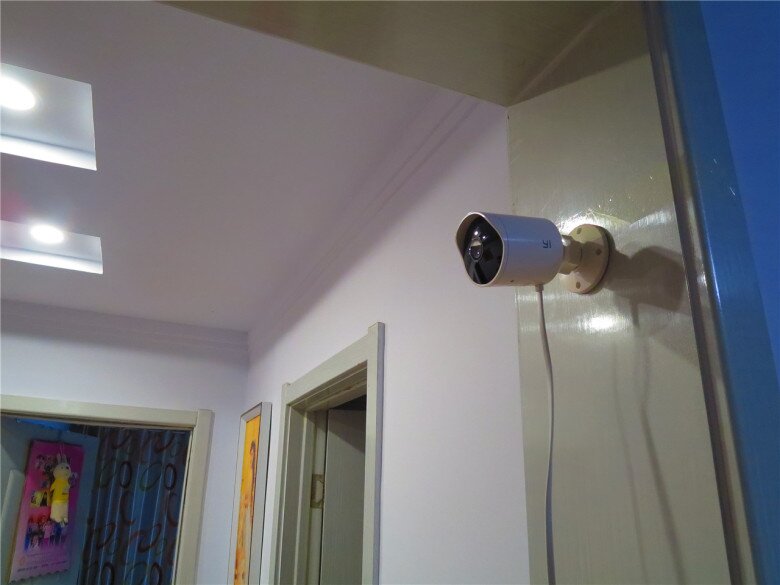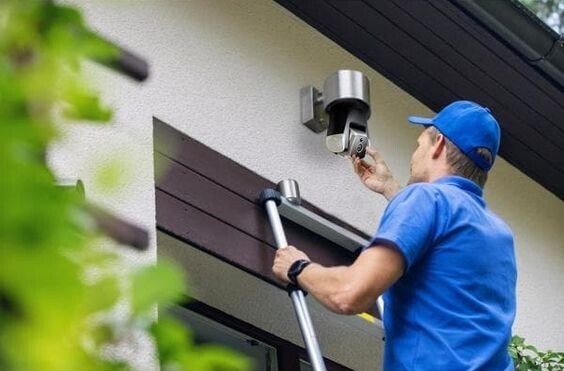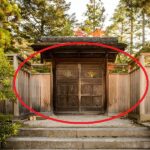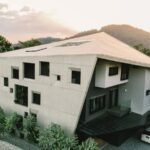Many people believe that surveillance cameras should not be placed indoors, and here are 3 reasons that not everyone knows about
1. Invasion of Privacy
The installation of surveillance cameras indoors can lead to an invasion of privacy for family members. A living space is usually where people feel safe and comfortable to express themselves without being watched.
With the presence of cameras, especially in places like the living room, bedroom, or bathroom, the sense of privacy is compromised. Family members may feel uncomfortable performing daily activities, such as changing clothes or discussing sensitive issues. This can affect their psychology and also cause stress in family relationships, leading to conflicts and a loss of trust.

2. Anxiety and Unease
The presence of surveillance cameras indoors can increase feelings of anxiety and unease for family members. Instead of creating a safe space, cameras can make people feel like they are living in a monitored environment, leading to a sense of pressure and discomfort.
Especially for children, knowing that they are being watched by cameras can create a sense of fear and reluctance, making it harder for them to develop their personalities and express themselves. Moreover, this anxiety can spill over into their social lives, affecting their relationships as they feel restricted in their communication.
3. Increased Risk of Cyber Attacks
Internet-connected surveillance cameras, if not properly secured, can become targets for cyber attacks. Malicious actors can infiltrate the camera system, monitor, and collect your family’s private information. This not only compromises the safety of family members but also risks exposing sensitive information, leading to serious consequences.
For example, if the cameras record images and videos indoors, this data can be stolen and used for malicious purposes, such as harassment or extortion. Therefore, placing cameras indoors without proper security measures poses risks to both privacy and the overall security of the family.
– However, installing cameras indoors can be considered in some special cases.
For instance, for families with elderly or disabled members, cameras can help monitor their well-being and promptly address their needs, ensuring their safety and health. For families with young children, surveillance cameras provide a way to keep an eye on their activities while parents are busy, reducing the risk of accidents.
When installing surveillance systems in these cases, it is crucial to strike a balance between privacy and security. The location and angle of the cameras should be carefully chosen to ensure both comprehensive coverage of necessary areas and respect for the privacy of family members. Additionally, open communication and clear explanations about the purpose and significance of the surveillance can foster mutual respect for privacy boundaries.
Why experts encourage installing outdoor cameras instead of indoor ones
1. Creating a Comprehensive Security Environment
Outdoor cameras serve not only to monitor a specific area but also to create a comprehensive security system for the entire home. When placed at entry points, pathways, and surrounding areas, they can keep track of all incoming and outgoing activities.
This not only helps detect suspicious activities but also provides an overall view of the security around your home. On the other hand, indoor cameras can only monitor indoor activities and cannot prevent external threats.

2. Reducing the Risk of Intrusion
The presence of outdoor cameras is a significant deterrent to criminal activities. Potential intruders are often hesitant to proceed when they spot surveillance cameras, reducing the likelihood of a break-in.
Research has shown a considerable decrease in thefts and burglaries in areas with outdoor camera installations. Indoor cameras, on the other hand, do not provide a similar deterrent effect as they cannot be seen or detected from the outside.
3. Monitoring Open Spaces
Outdoor cameras allow for the surveillance of activities in open spaces, such as gardens, parking areas, and entrances. This is especially important for families with children or pets, as it gives parents peace of mind when their kids play outdoors. Indoor cameras cannot monitor these activities, potentially leading to accidents or unwanted incidents.
“3 Types of Parenting Styles That May Lead to Unfilial Children: A Warning for Families”
Many parents complain that their children do not reciprocate their love, and it is often due to a smothering form of affection. This overbearing approach can be counterproductive, pushing children away instead of fostering a healthy, loving relationship. It is essential for parents to understand that while their love for their children may be overwhelming, it must be expressed in a manner that allows their children to thrive and develop their own sense of self. A delicate balance must be struck between providing unconditional love and giving children the space to grow and explore their independence.



































